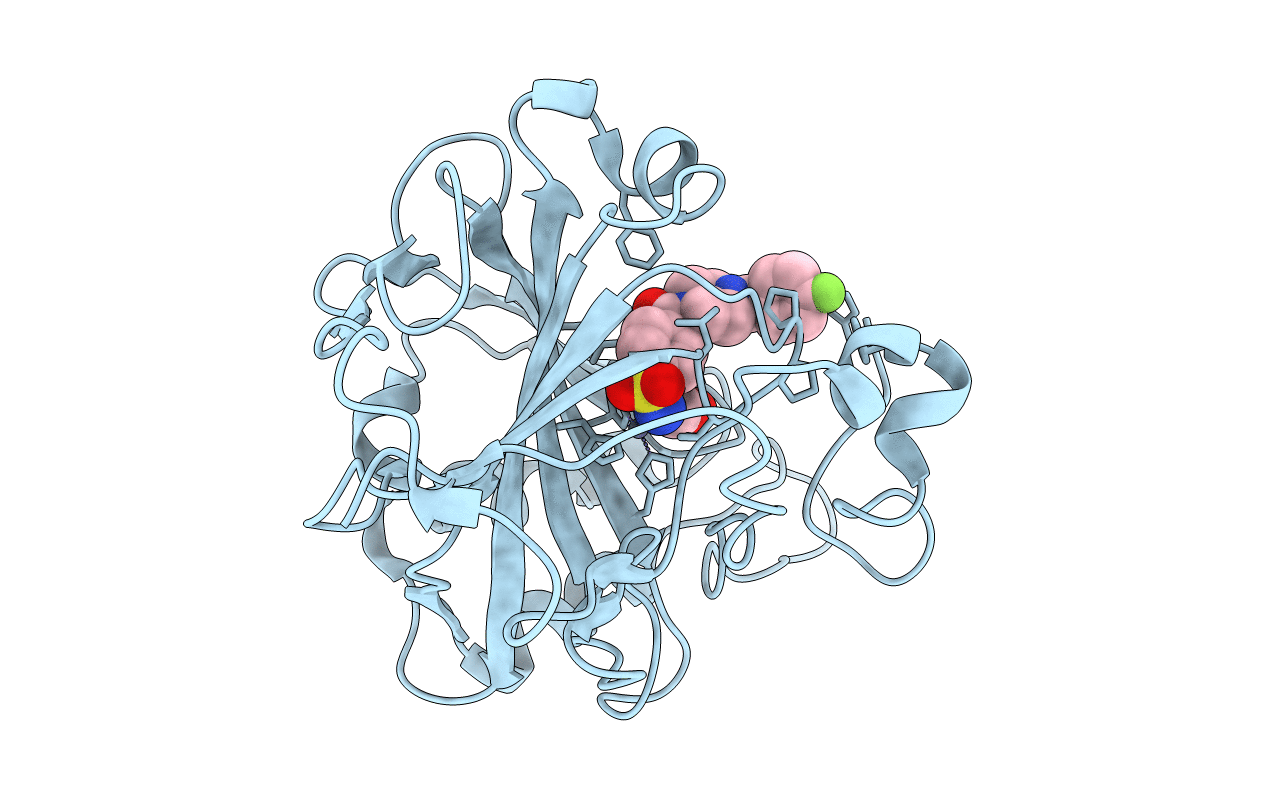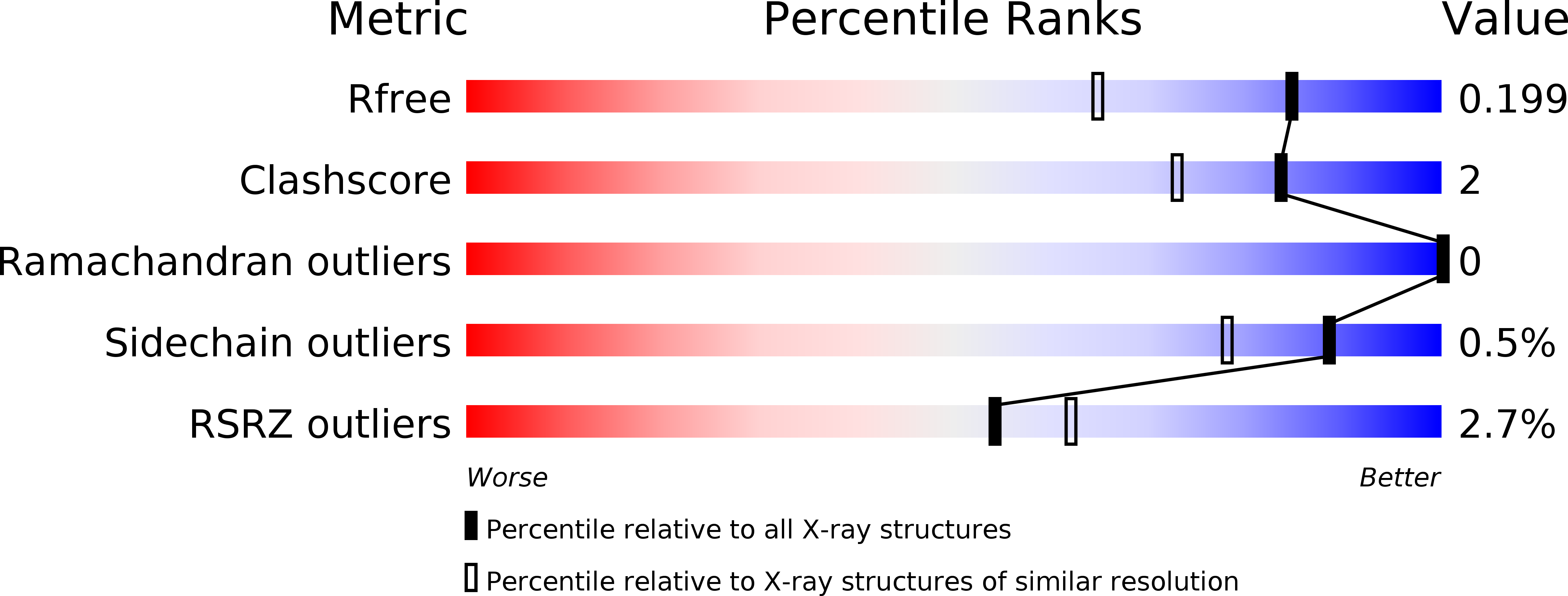
Deposition Date
2018-07-17
Release Date
2018-12-19
Last Version Date
2024-01-17
Entry Detail
PDB ID:
6H34
Keywords:
Title:
The crystal structure of human carbonic anhydrase II in complex with 4-[(4-fluorophenyl)methyl]-1-piperazinyl]benzenesulfonamide.
Biological Source:
Source Organism:
Homo sapiens (Taxon ID: 9606)
Host Organism:
Method Details:
Experimental Method:
Resolution:
1.55 Å
R-Value Free:
0.20
R-Value Work:
0.17
Space Group:
P 1 21 1


